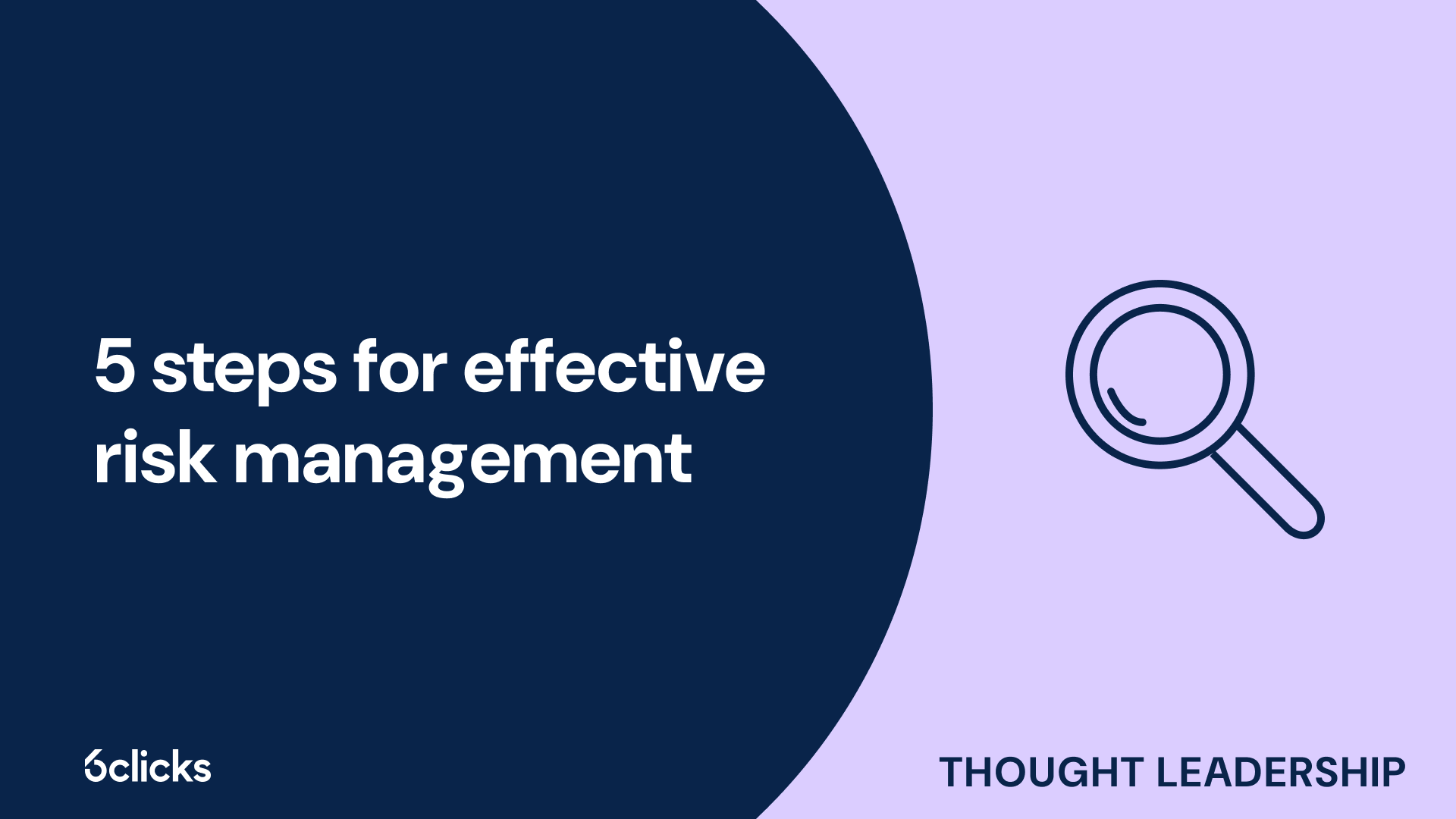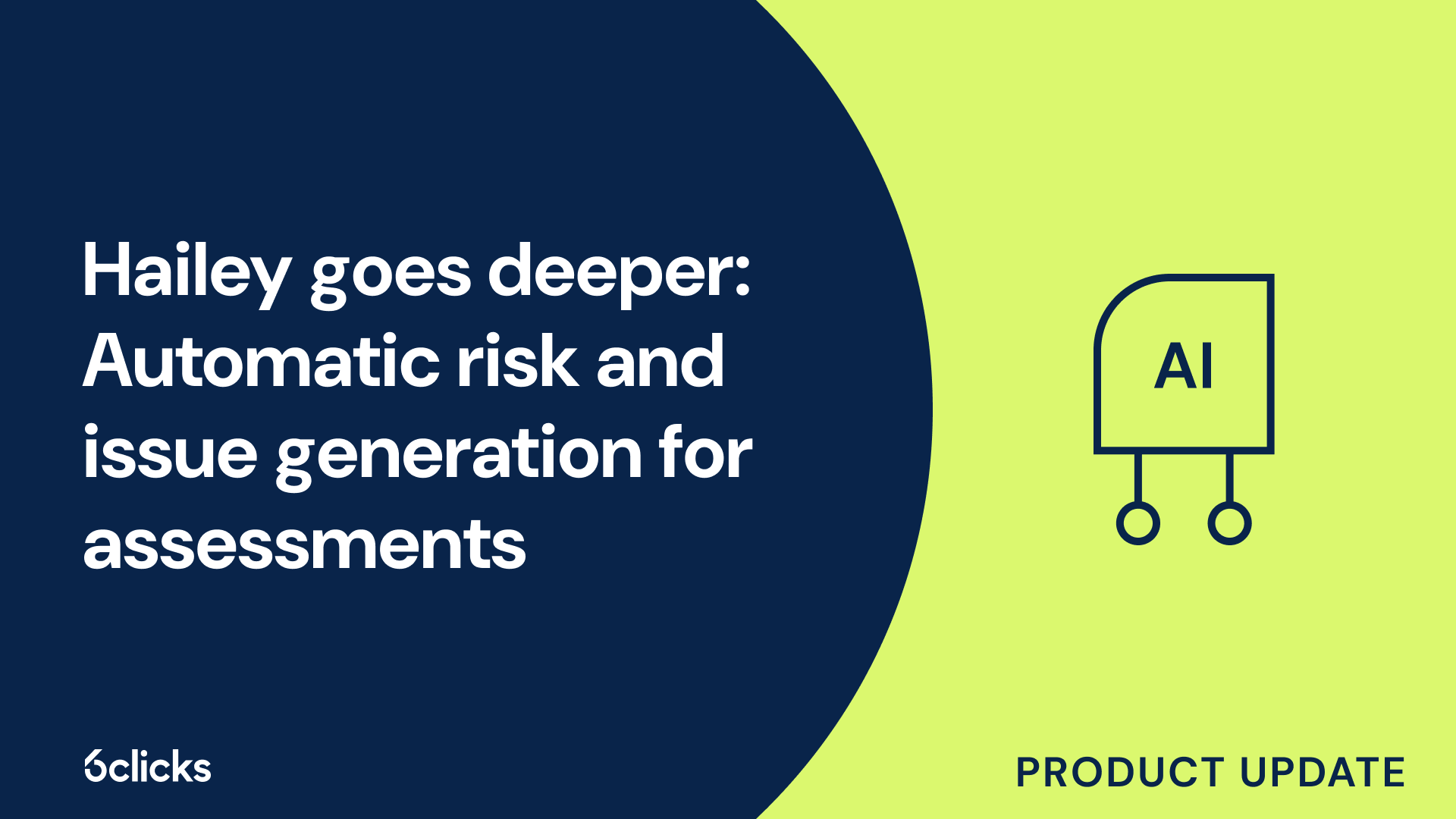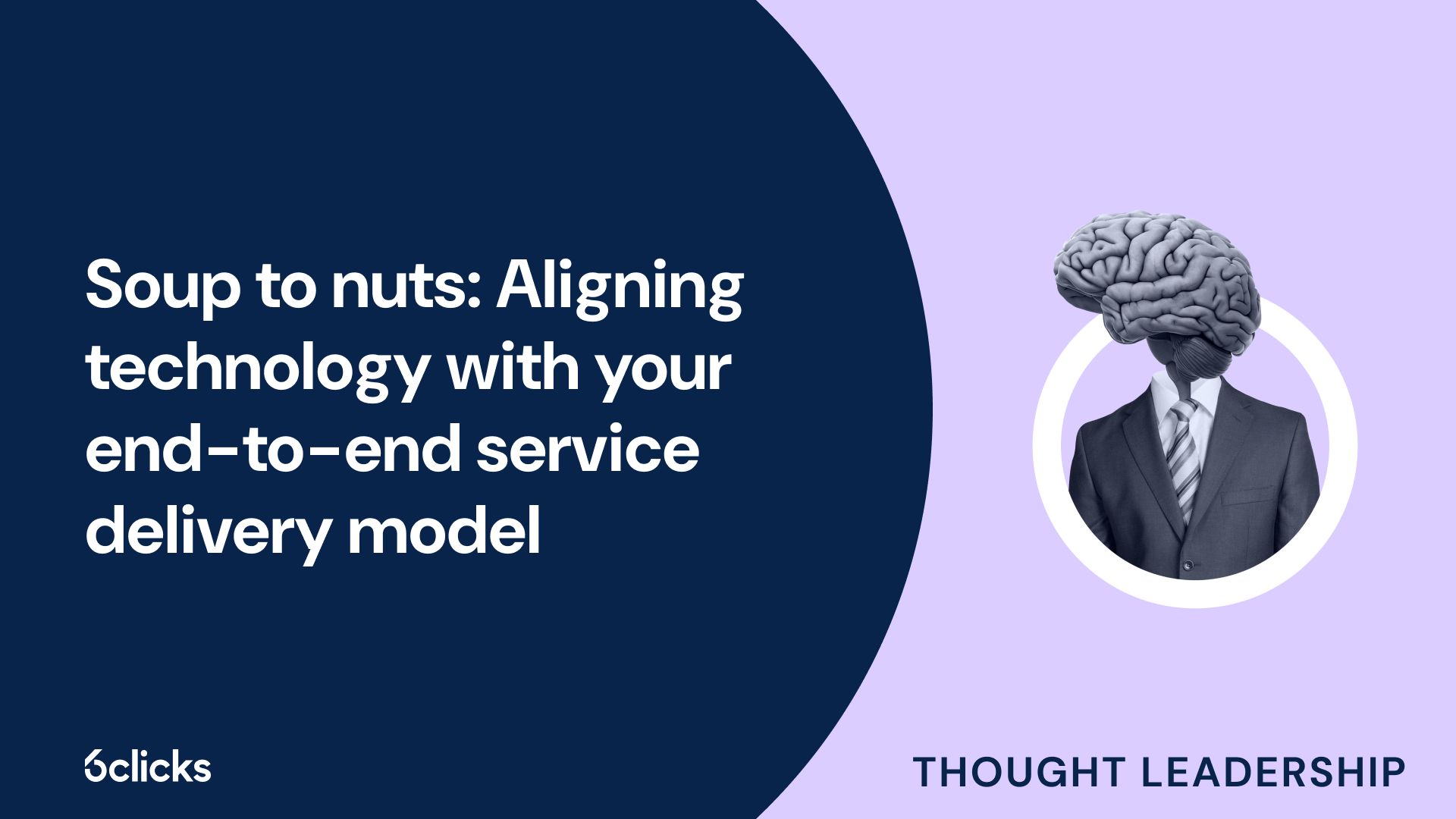What are the 3 key ingredients in a security framework?
What is a security framework?
A security framework is a comprehensive and structured approach to managing and addressing security risks within an organization. It provides a set of guidelines, policies, and procedures that help identify and mitigate potential vulnerabilities, protect critical assets, and effectively respond to security incidents. A security framework serves as a blueprint for building a robust cybersecurity program and enables organizations to establish a common language and understanding of security requirements and best practices. It encompasses various elements such as risk assessments, access controls, protective technologies, and incident response procedures. In today's evolving cyber landscape, where the threat landscape is constantly changing, a security framework is an absolute necessity for organizations to ensure the confidentiality, integrity, and availability of their information and systems. It helps organizations navigate through complex security challenges, comply with relevant regulations and industry standards, and continuously improve their security posture.
Why is a security framework important?
A security framework is an absolute necessity for organizations operating in today's digital landscape. It serves as a blueprint for creating an information security plan and helps organizations to effectively reduce vulnerabilities and manage risks.
By implementing a security framework, organizations can address the ever-evolving landscape of threats and cyber risks. It provides a structured approach to identify and analyze potential vulnerabilities and threats, enabling organizations to proactively mitigate and respond to security challenges.
Furthermore, a security framework helps organizations to learn from previous detection and response activities. It enables them to identify patterns and trends in security incidents, which can inform future decision-making and improve their security posture. Additionally, a security framework allows organizations to prioritize tasks and allocate resources effectively, ensuring that critical assets and infrastructure receive the necessary protection.
With the rise in cyberattacks and the increasing complexity of technology, a security framework provides organizations with a common language and consistent approach to security. It allows for better collaboration between different departments and stakeholders, facilitating the implementation of security policies and measures. Moreover, a security framework helps organizations align with regulatory requirements and industry standards, such as NIST CSF or ISO/IEC 27001.
Ingredient 1: risk management
Risk management is a vital ingredient in a robust security framework. It involves the identification, assessment, and prioritization of potential risks and threats that could compromise an organization's security. By implementing effective risk management practices, organizations can proactively address vulnerabilities and make informed decisions to mitigate and manage security risks. This not only helps to protect critical assets and infrastructure but also ensures the continuity of operations and the confidentiality, integrity, and availability of sensitive information. Risk management provides a systematic and structured approach to understand the likelihood and impact of potential risks, enabling organizations to allocate resources effectively and implement appropriate controls and measures. With risk management as a fundamental ingredient, organizations can strengthen their security posture and establish resilience against various cyber risks and security threats.
Risk assessments
Risk assessments are a critical component of any security framework. They help organizations identify, measure, and quantify potential risks, allowing them to prioritize security activities effectively.
The process of conducting a risk assessment involves evaluating the likelihood and impact of various threats and vulnerabilities. This assessment helps organizations understand the potential consequences of security incidents and determine appropriate risk tolerances and risk strategies.
There are several relevant risk frameworks that organizations can use to guide their risk assessment process. The National Institute of Standards and Technology (NIST) has developed several frameworks, including NIST 800-39, 800-37, and 800-30, which provide comprehensive guidelines for conducting risk assessments. Additionally, the International Organization for Standardization (ISO) has ISO 27005, which offers guidance for information security risk management. The FAIR (Factor Analysis of Information Risk) model is also widely used in the industry.
By conducting risk assessments, organizations can gain insight into their cybersecurity risks, which helps them make informed decisions about the allocation of resources. It also allows them to establish a common language for communication about security risks and enables effective risk management. Risk assessments are an essential aspect of any security framework and play a vital role in protecting critical assets and intellectual property.
Risk tolerance
Risk tolerance refers to an organization's willingness to accept or tolerate a certain level of risk in its security framework. It is a key concept that plays a significant role in determining the appropriate cybersecurity measures to be implemented.
Determining risk tolerance involves assessing the impact and likelihood of potential security breaches or cyber attacks. Organizations must carefully analyze the potential consequences and weigh them against the costs and resources required to mitigate those risks. This process helps organizations make informed decisions on the level of risk they are willing to accept.
In a security framework, risk tolerance acts as a guiding factor for setting priorities and allocating resources. It helps organizations determine which cybersecurity measures should be emphasized and which risks require immediate attention. By defining risk tolerance, organizations can focus on protecting their most critical assets, such as intellectual property or sensitive customer data.
Risk tolerance also influences decision-making regarding the implementation of cybersecurity measures. It helps organizations determine the appropriate level of investment required to mitigate risks effectively. Organizations with a low risk tolerance are likely to invest in cutting-edge technology and robust security measures, while those with a higher risk tolerance may prioritize investing in incident response capabilities and recovery activities.
Risk strategy
Risk strategy is a crucial component of a security framework as it provides organizations with a roadmap for managing and mitigating cybersecurity risks. It involves developing a comprehensive plan that outlines the organization's approach to identifying, assessing, and addressing potential risks.
Having a well-defined risk strategy is important for several reasons. Firstly, it allows organizations to align their security activities with their overall business objectives. By understanding the potential risks they face, organizations can develop strategies that prioritize the protection of critical assets and ensure business continuity.
Risk frameworks serve as a structured approach to managing cybersecurity risks. These frameworks provide organizations with guidelines and best practices for identifying, assessing, and responding to risks. Two commonly used risk frameworks in the cybersecurity field are the National Institute of Standards and Technology (NIST) Cybersecurity Framework and the International Organization for Standardization (ISO) 27001.
The NIST Cybersecurity Framework offers a risk-based approach to managing and mitigating cybersecurity risks. It provides a common language and set of standards for organizations to develop their cybersecurity programs. The ISO 27001 standard, on the other hand, provides a systematic and rigorous approach to managing information security risks.
Risk assessment is a fundamental process within a security framework. It involves identifying and evaluating potential risks to an organization's information assets and IT infrastructure. Regular risk assessments are crucial in determining the frequency of reassessing cybersecurity risk as the threat landscape continually evolves. Organizations should conduct risk assessments periodically or whenever significant changes occur, such as the introduction of new technologies or changes in business operations.
Supply chain risk management
Supply chain risk management is a critical aspect of a comprehensive security framework. It involves identifying, evaluating, and mitigating risks associated with the supply chain to protect an organization's assets and operations.
In today's interconnected world, supply chains are becoming increasingly complex and globally dispersed, making them vulnerable to various threats and disruptions. Supply chain risk management helps organizations proactively address these risks and ensure the continuity of their operations.
One key consideration in managing supply chain risks is conducting a thorough risk assessment. This involves identifying potential risks at every stage of the supply chain, from raw material sourcing to product delivery. By understanding these risks, organizations can develop strategies to mitigate their impact and implement appropriate controls.
Strategies for effective supply chain risk management include diversifying suppliers and manufacturing locations, implementing robust security measures, and forming strong partnerships with trusted suppliers. Organizations should also establish clear communication channels and contingency plans to respond swiftly to disruptions.
To enhance supply chain security, organizations can refer to frameworks and guidelines such as the NIST SP 800-161 and ISO 28000. NIST SP 800-161 provides guidelines for supply chain risk management, focusing on the protection of critical infrastructure services and industrial control systems. ISO 28000 is an international standard specifically designed for supply chain security management.
Risk analysis and appetite
Risk analysis and risk appetite are essential components of a security framework that help organizations effectively manage and mitigate cybersecurity risks.
Risk analysis involves identifying, assessing, and prioritizing potential risks to an organization's assets, systems, and operations. This process enables cybersecurity professionals to understand the likelihood and impact of various threats and vulnerabilities. By conducting a comprehensive risk analysis, organizations can gain insights into their risk landscape and make informed decisions on implementing appropriate controls and security measures.
On the other hand, risk appetite defines the level of risk that an organization is willing to accept in pursuit of its objectives. It represents the amount of risk that an organization is prepared to take on, balancing the potential benefits and potential negative consequences. Risk appetite sets the boundaries within which decisions can be made regarding cybersecurity risks, ensuring that actions are aligned with the organization's overall goals and risk tolerances.
Risk frameworks provide a structured approach for cybersecurity professionals to identify, evaluate, and prioritize risks. These frameworks offer a common language and methodology for analyzing and managing risks consistently across an organization. Notable examples of risk frameworks include the NIST SP 800-39, NIST SP 800-37, NIST SP 800-30, ISO 27005, and FAIR (Factor Analysis of Information Risk).
The NIST SP 800 series provides guidelines and best practices for managing information security and risk. NIST SP 800-39 focuses on integrating risk management into an organization's cybersecurity program, while NIST SP 800-37 provides a risk management framework for information systems. NIST SP 800-30 guides organizations in conducting risk assessments.
ISO 27005 is an international standard that outlines the process of risk management for information security. It provides guidance on identifying, assessing, and treating information security risks.
FAIR is a risk management framework that quantifies information security risks using a consistent and objective approach. It allows organizations to prioritize risks based on their potential financial impact.
By leveraging these risk frameworks, cybersecurity professionals can effectively analyze and manage risks, ensuring that their organization's security measures are aligned with their risk appetite and overall objectives.
Critical infrastructure protection
Critical infrastructure protection is of paramount importance in the realm of cybersecurity in construction. Critical infrastructure refers to the essential systems and assets that are vital for the functioning of a society, economy, or nation. In the construction industry, critical infrastructure encompasses physical systems such as buildings, machinery, transportation networks, utilities, and communication systems.
Securing these physical systems is crucial for multiple reasons. Firstly, it prevents physical harm to both individuals and property. By implementing robust cybersecurity measures, construction companies can safeguard their employees, clients, and the general public from potential accidents, injuries, or even fatalities.
Secondly, securing critical infrastructure also protects against identity theft and other forms of cybercrime. Construction projects often involve the collection and storage of sensitive personal and financial information. Without adequate cybersecurity measures in place, this data can be vulnerable to theft, leading to serious privacy breaches and financial losses for individuals, organizations, and even nations.
It is important to distinguish between harming the boundary and harming the mechanism of the system. Harming the boundary refers to compromising the perimeter defenses of a system, such as breaching firewalls or bypassing access controls to gain unauthorized access. On the other hand, harming the mechanism refers to manipulating or disrupting the actual physical systems themselves, such as tampering with building control systems or sabotaging machinery. Both types of attacks can have severe consequences, highlighting the need for comprehensive cybersecurity approaches that encompass both digital and physical security.
Ingredient 2: access control and protective technology
Access control and protective technology are key ingredients in a security framework. Access control refers to the measures taken to restrict and manage the access of individuals to systems, networks, and data. By implementing access control mechanisms such as user authentication, authorization, and encryption, organizations can ensure that only authorized individuals have access to sensitive information and resources. Protective technology, on the other hand, refers to the tools and technologies used to defend against cyber threats and attacks. This can include firewalls, intrusion detection systems, antivirus software, encryption software, and more. By utilizing protective technology, organizations can detect and prevent unauthorized access, identify and mitigate vulnerabilities, and effectively respond to security incidents. Access control and protective technology are essential components of a comprehensive security framework, allowing organizations to enforce security policies, defend against cyber risks, and safeguard critical assets and information.
Security policies and procedures
Security policies and procedures are essential components of a comprehensive security framework. They provide organizations with guidance on how to effectively protect their critical infrastructure and reduce vulnerabilities to security-related risks. These policies and procedures serve as a roadmap for organizations to ensure the confidentiality, integrity, and availability of their valuable assets.
By establishing and enforcing security policies and procedures, organizations can establish a baseline for secure operations and compliance with regulatory requirements. This proactive approach helps to prevent security breaches and mitigate potential cyber risks. It also enables organizations to streamline their risk assessment and risk management processes, ensuring that appropriate controls are in place to protect critical assets.
Some common security policies and procedures included in a security framework are access control policies, incident response procedures, security awareness training programs, and vulnerability management policies. These policies and procedures form a cohesive framework, enabling organizations to respond effectively to security incidents and minimize the impact of any potential breaches.
Common language for cybersecurity programs
A common language for cybersecurity programs is essential for effective communication and understanding among cybersecurity professionals. In a field that is constantly evolving and faces new threats every day, having a standardized set of terminologies and definitions helps streamline communication and ensure everyone is on the same page.
By using a common language, cybersecurity professionals can easily exchange information, ideas, and best practices. This shared understanding enhances collaboration and cooperation, as it eliminates confusion and reduces the chances of miscommunication. It also allows for more efficient knowledge sharing within an organization and across different entities.
To establish this common language, there are frameworks and standards available that provide standardized terminologies and definitions. One such framework is the NIST Cybersecurity Framework (CSF). The NIST CSF provides a set of cybersecurity activities, outcomes, and references that organizations can use to assess and improve their cybersecurity posture. It enables organizations to effectively communicate their cybersecurity requirements and goals with stakeholders and align their cybersecurity efforts with business objectives.
Another relevant framework is the Center for Internet Security (CIS) controls. The CIS controls provide a prioritized set of security actions that organizations can implement to enhance their cybersecurity defenses. They offer specific guidance on how to protect against common and emerging threats and help establish a common language for understanding and discussing security measures.
NIST cybersecurity framework (CSF)
The NIST Cybersecurity Framework (CSF) is a comprehensive guide for organizations to assess and improve their cybersecurity posture. Developed by the National Institute of Standards and Technology (NIST), the framework provides a common language for understanding, managing, and expressing cybersecurity risks in the United States. However, it is also widely adopted by organizations globally.
The framework consists of five main functions: identification, protection, detection, response, and recovery. Each function represents a different aspect of cybersecurity management.
- Identification: This function focuses on understanding and managing cybersecurity risks to systems, assets, data, and capabilities.
- Protection: This function aims to implement safeguards to ensure the delivery of critical services while also protecting assets and data from cybersecurity threats.
- Detection: The detection function involves continuous monitoring and identifying cybersecurity events and potential security breaches.
- Response: This function revolves around taking appropriate actions to mitigate the impact of a detected cybersecurity event.
- Recovery: The recovery function involves restoring the capabilities affected by a cybersecurity event and implementing improvements to prevent future incidents.
The framework also includes components such as the framework core, which provides a set of cybersecurity activities and outcomes, as well as the implementation tiers, which help organizations gauge their level of cybersecurity maturity. In addition, organizations can create profiles based on their specific cybersecurity goals and resources.
Access control systems
Access control systems are a crucial component of a comprehensive security framework. They play a vital role in enforcing security policies and protecting critical assets. These systems allow organizations to manage and regulate access to their sensitive resources, ensuring that only authorized individuals can access them.
Access control systems work by defining and enforcing rules and permissions for different users or groups. This helps in preventing unauthorized individuals from gaining access to sensitive information or critical infrastructure. By implementing access control systems, organizations can ensure that only authorized personnel can access specific resources and perform designated actions.
There are different types of access control systems that can be utilized in a security framework. One common type is role-based access control (RBAC). RBAC assigns permissions to users based on their roles within the organization, ensuring that they only have access to resources necessary for their job responsibilities. Another type is mandatory access control (MAC), which applies a more rigid and centralized approach to access control, where access is granted based on predefined security policies and classifications.
In addition to access control systems, protective technologies are often used to enhance security measures. These technologies, such as firewalls, encryption, and intrusion detection systems, complement access control systems by providing an extra layer of protection against cyber threats and unauthorized access attempts.
Protective technologies
Protective technologies play a crucial role in a security framework by providing an additional layer of defense against cyber threats and unauthorized access attempts. These technologies are implemented to ensure system resilience and safeguard critical infrastructure services.
Protective technologies are used to detect, prevent, and mitigate security breaches and cyber attacks. They help organizations identify potential vulnerabilities and respond swiftly to threats, minimizing the impact and maintaining the integrity of sensitive information. By constantly monitoring network traffic and analyzing patterns, protective technologies can identify abnormal activities and raise alerts, allowing cybersecurity professionals to take timely action.
In the context of critical infrastructure services, protective technologies are especially vital. These systems protect essential services such as electricity, water supply, transportation, and communication networks. Any disruption or compromise in these services can have severe consequences for public safety and the economy. Implementing protective technologies ensures that these critical infrastructures are resilient and safeguarded against potential cyber threats.
There are various types of protective technologies that can be implemented in a security framework. These include firewalls, intrusion detection and prevention systems (IDPS), antivirus software, encryption, and multi-factor authentication. Each of these technologies serves a specific purpose in defending against different types of cyber threats and ensuring the integrity of a robust security framework.
Related eBooks & Expert guides
- What is HITRUST?
- Why is HITRUST important?
- What is the HITRUST Common Security Framework (CSF)?
- What are the HITRUST CSF controls?
- What are Risk Factors in the HITRUST CSF?








